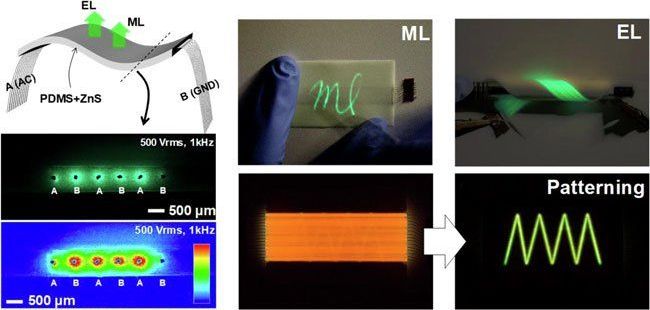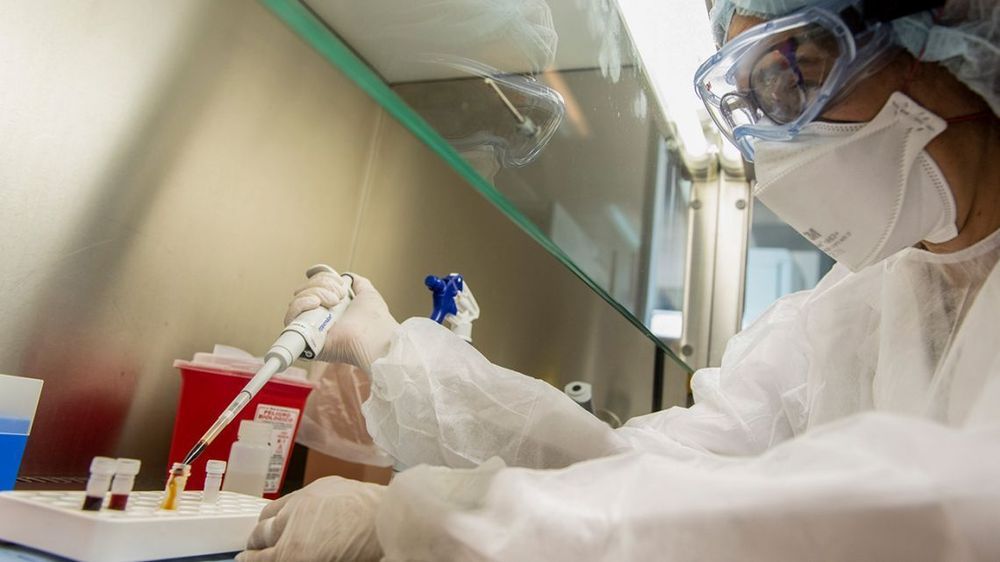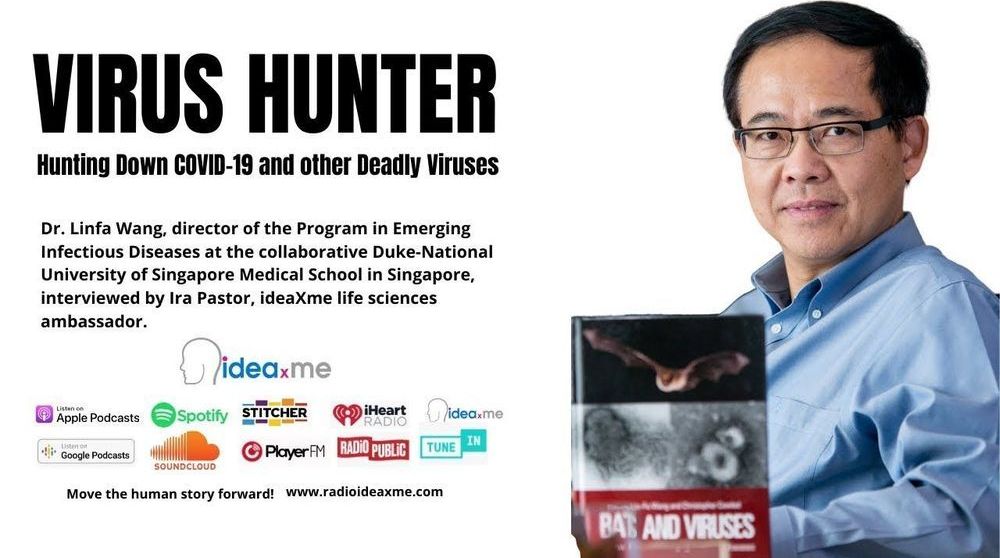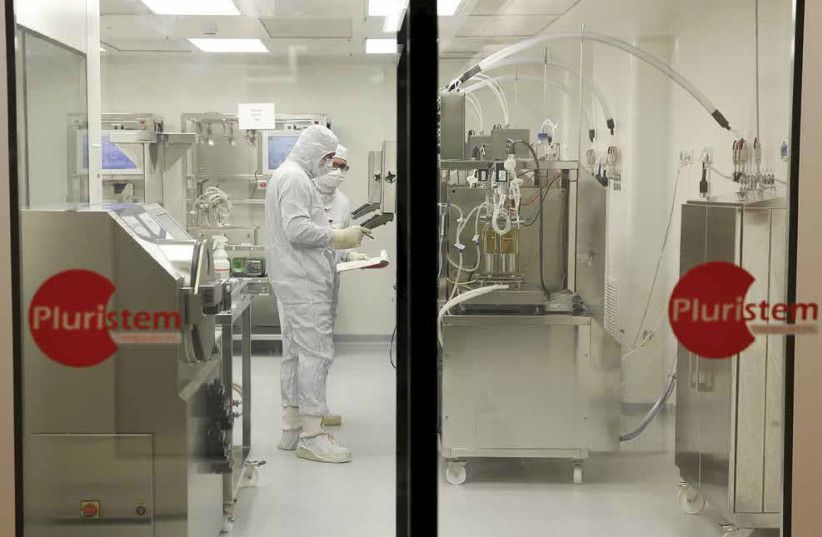Apr 8, 2020
In-Plane Electroluminescent Technology Could Improve LEDs for Displays and Wearables
Posted by Omuterema Akhahenda in category: wearables
DAEGU, South Korea, April 6, 2020 — Luminescence technology developed at Daegu Gyeongbuk Institute of Science and Technology (DGIST), using an in-plane electric field generated in parallel to the light-emitting layer of an LED, could help improve the efficiency of light-emitting elements used in billboards and banners. According to the research team, the LEDs produced this way emit light in a more flexible, stable way than conventional LEDs.






 Abstract: Quantum optics is the study of the intrinsically quantum properties of light. During the second part of the 20th century experimental and theoretical progress developed together; nowadays quantum optics provides a testbed of many fundamental aspects of quantum mechanics such as coherence and quantum entanglement. Quantum optics helped trigger, both directly and indirectly, the birth of quantum technologies, whose aim is to harness non-classical quantum effects in applications from quantum key distribution to quantum computing. Quantum light remains at the heart of many of the most promising and potentially transformative quantum technologies. In this review, we celebrate the work of Sir Peter Knight and present an overview of the development of quantum optics and its impact on quantum technologies research. We describe the core theoretical tools developed to express and study the quantum properties of light, the key experimental approaches used to control, manipulate and measure such properties and their application in quantum simulation, and quantum computing.
Abstract: Quantum optics is the study of the intrinsically quantum properties of light. During the second part of the 20th century experimental and theoretical progress developed together; nowadays quantum optics provides a testbed of many fundamental aspects of quantum mechanics such as coherence and quantum entanglement. Quantum optics helped trigger, both directly and indirectly, the birth of quantum technologies, whose aim is to harness non-classical quantum effects in applications from quantum key distribution to quantum computing. Quantum light remains at the heart of many of the most promising and potentially transformative quantum technologies. In this review, we celebrate the work of Sir Peter Knight and present an overview of the development of quantum optics and its impact on quantum technologies research. We describe the core theoretical tools developed to express and study the quantum properties of light, the key experimental approaches used to control, manipulate and measure such properties and their application in quantum simulation, and quantum computing.










